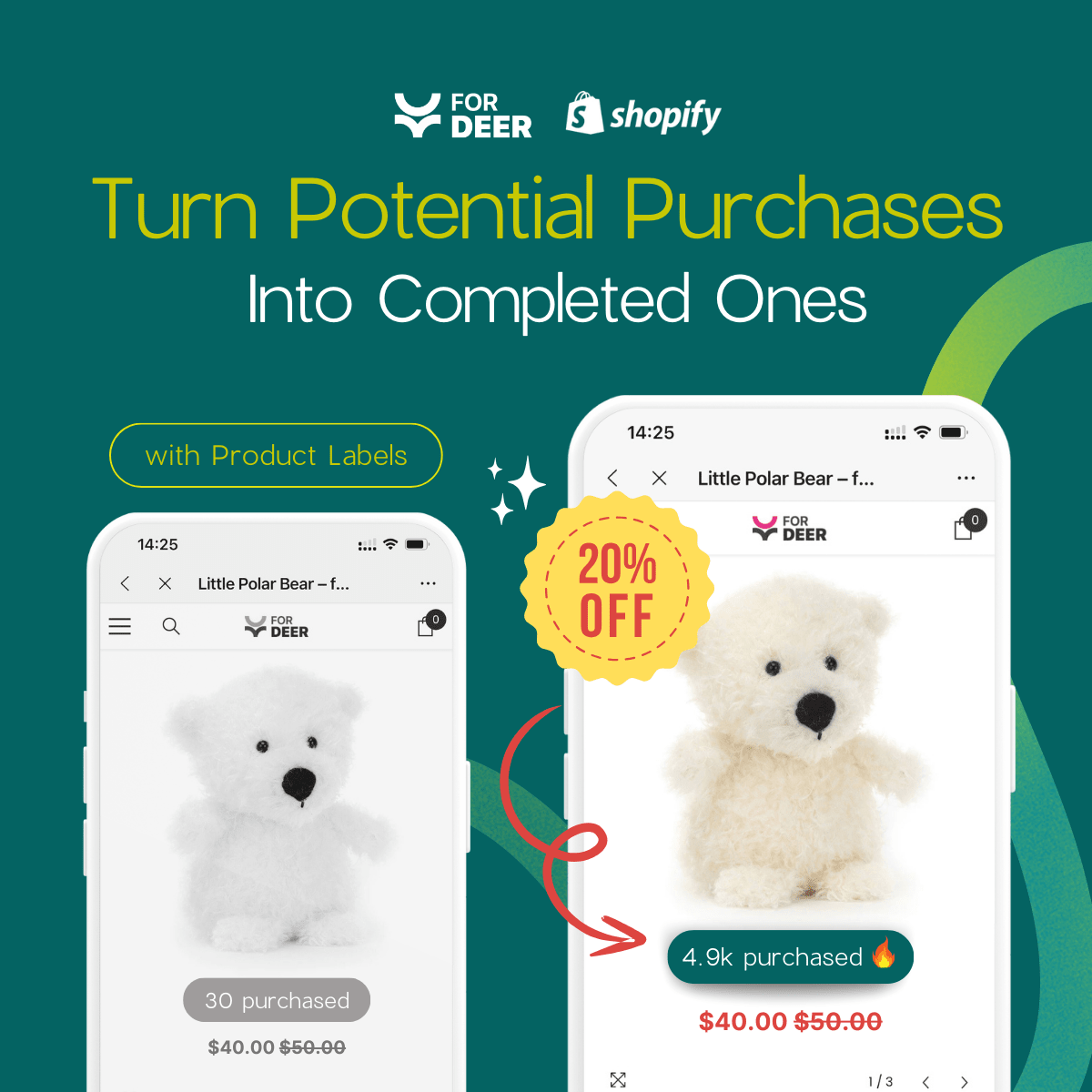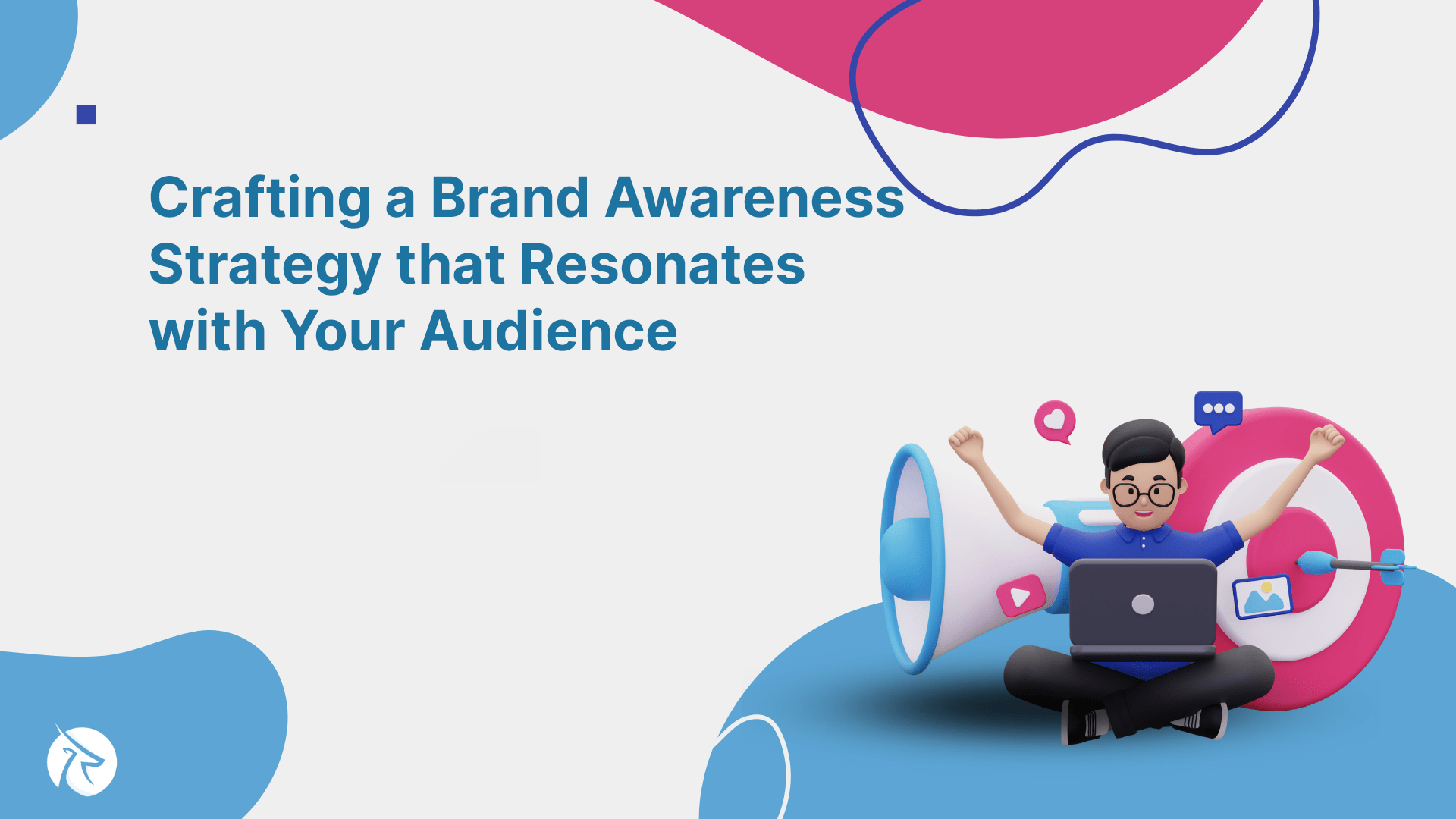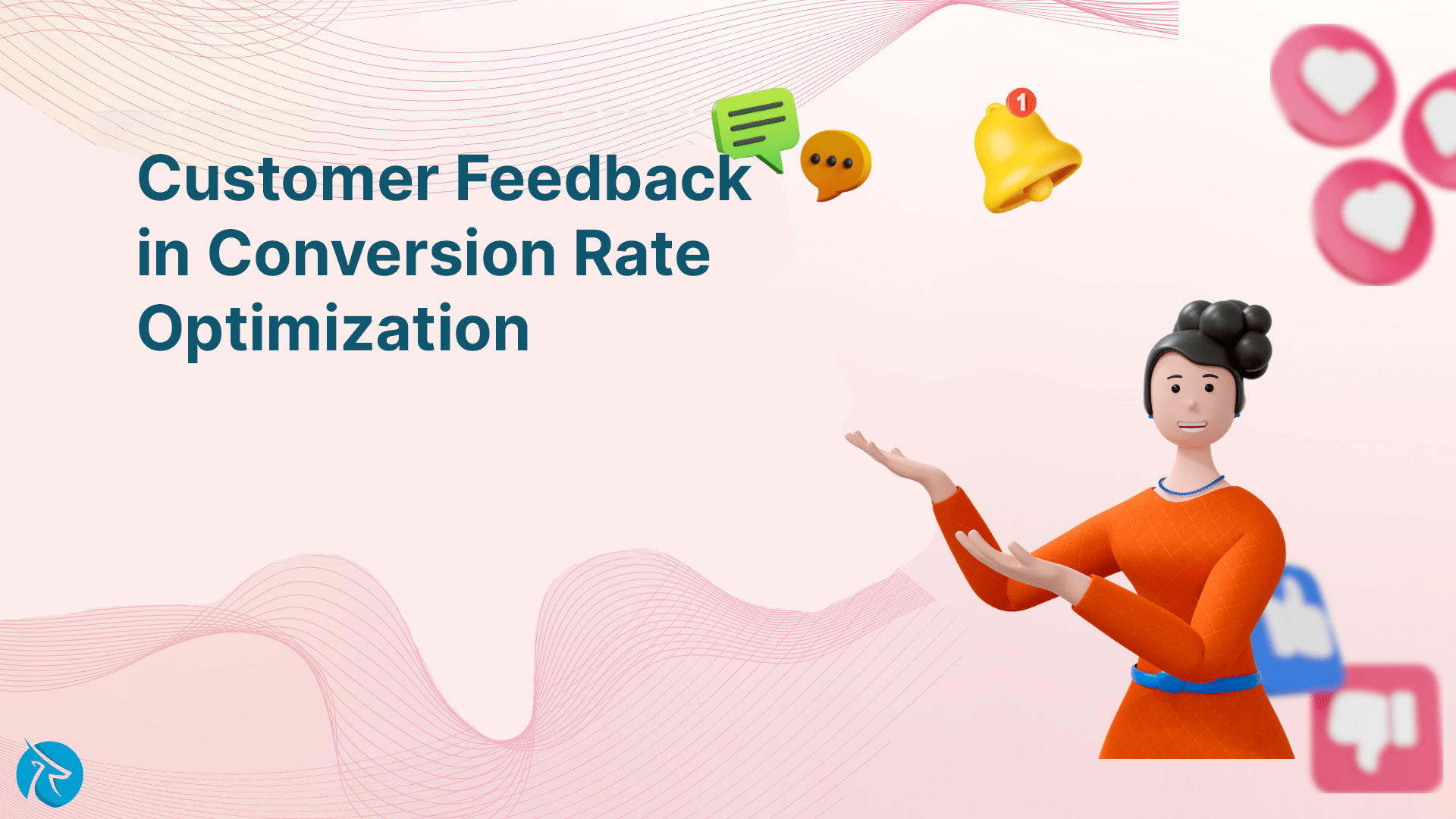The Complete Guide to eCommerce Personalization
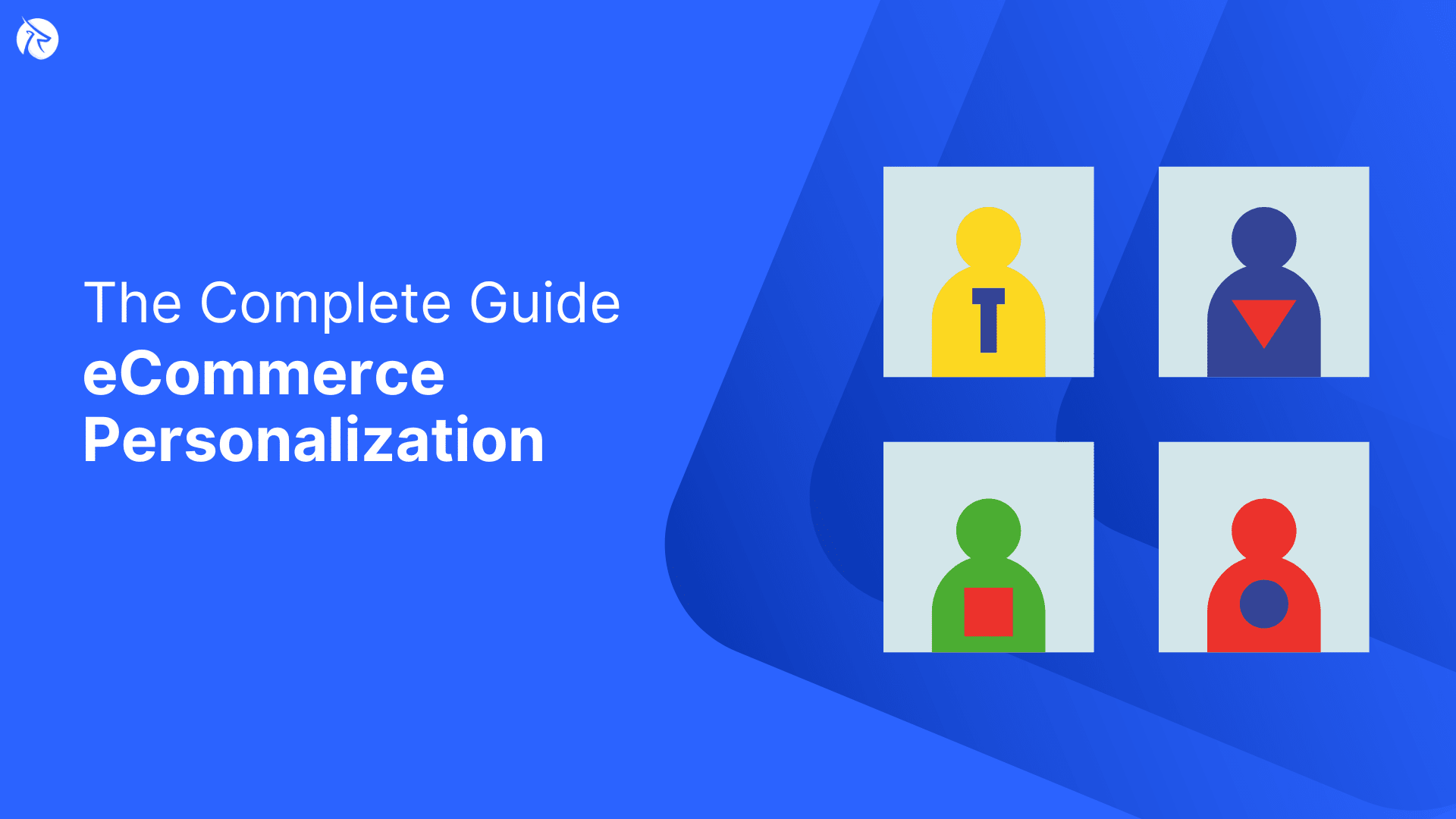
One effective strategy to achieve this is through eCommerce personalization. By tailoring the online shopping experience to individual preferences, businesses can foster stronger customer relationships, increase engagement, and ultimately drive higher conversion rates.
This comprehensive guide from our Fordeer Team will give you the various facets of eCommerce personalization and provide actionable insights to help you implement a successful personalization strategy for your online store.
Overview of eCommerce Personalization
What is eCommerce personalization?
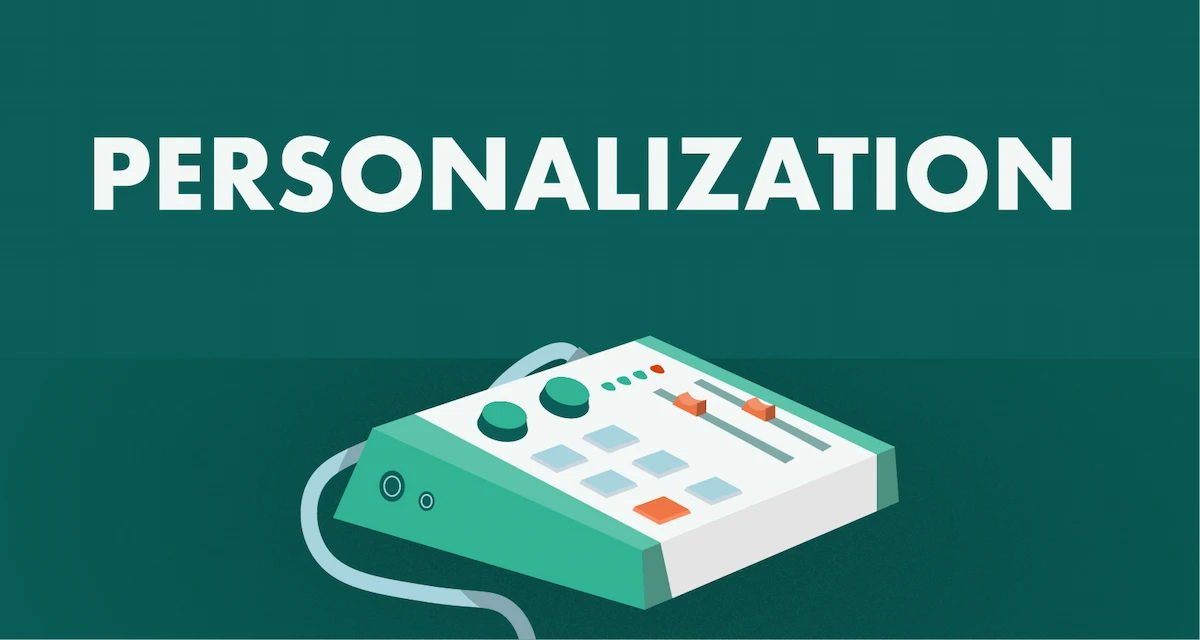
Ecommerce personalization refers to the practice of tailoring and customizing the online shopping experience for individual users based on their preferences, behavior, and demographics. The goal is to provide a more relevant, engaging, and personalized interaction between the online store and the customer. By leveraging data and technology, eCommerce businesses can deliver targeted content, product recommendations, and promotional offers to enhance the overall shopping journey.
What are the benefits of eCommerce personalization?
Ecommerce personalization offers a multitude of benefits for both online retailers and their customers. By implementing personalized experiences, you can significantly impact various aspects of the online shopping journey of your customers, fostering customer loyalty and driving business success. Here are some key benefits of eCommerce personalization:
- Improved customer experience
- Increased customer engagement
- Higher conversion rates
- Enhanced customer loyalty
- Reduced cart abandonment
- Optimized marketing ROI
- Increased average order value (AOV)
- Effective customer segmentation
- Real-time adaptation to customer behavior
- Competitive advantage
The Complete Guide to Implement eCommerce Personalization
Understand your target audience
Understanding your target audience is the initial and pivotal step in this journey of eCommerce personalization. Any missteps at this stage can lead your efforts astray. You can begin by asking yourself questions: "Do I truly comprehend the persona of my most frequent customers? Do I know their likes and preferences?"
Only with a solid understanding of your audience in terms of behaviors, geographics, and psychographics, you can provide the experiences they genuinely seek. For instance, the experiences you tailor for a first-time visitor should differ significantly from the recommendations you present to a repeat customer.

For those visiting your site for the first time, you can consider running engaging lead generation quizzes or surveys, and utilize the insights gathered to offer personalized recommendations. When dealing with repeat customers, you should opt for personalized product recommendations based on factors like purchase history, browsing behavior, and buying patterns.
Many companies now leverage AI to construct robust recommendation engines capable of predicting products or offers that align with your interests, based on past interactions. If you have the budget or expertise, developing such an AI recommendation engine can propel you far ahead of the competition. Providing the most suitable products at the right time for the right customer is a guaranteed way to witness a significant uptick in sales numbers.
Create your eCommerce personalization strategy
Before diving into the implementation of various personalization techniques, it's crucial to establish a clear objective. You should kick off by evaluating the goals you aim to achieve through personalization. Then, you can conduct an assessment of your current e-commerce sales funnel and pinpoint touchpoints where personalization can be effectively integrated.
Additionally, you can outline the platforms where you intend to implement personalization, such as your website, emails, and social media channels. Strategizing these elements will assist you in deciding on the appropriate personalization technology to invest in and determining the budget allocation needed for a successful implementation.
Choose the right personalization technology
Ecommerce personalization technology encompasses a range of tools and software essential for executing the entire personalization process seamlessly. When selecting the most suitable personalization technology, it's crucial to evaluate your current circumstances. This assessment can be facilitated by employing a personalization maturity curve, with most businesses typically falling within the first three stages depicted.
Once you identify your current position on the curve, you can ascend to higher stages, thereby enhancing your conversion rates and customer lifetime value. For instance, if you currently employ a mass messaging strategy, consider transitioning to rule-based segmentation or behavioral targeting.
It's of utmost importance to ensure that the eCommerce personalization tools you choose offer the necessary features. These should include functionalities for capturing customer data, segmenting acquired data, implementing personalization, and testing the outcomes of your efforts.
Implement careful customer segmentation
Once you've selected and invested in the appropriate personalization technology, the next step is to embark on collecting customer data. You should employ various eCommerce tools to execute comprehensive customer segmentation.
Each time a user interacts with your website explores shoppable posts on social media, or clicks on an advertisement, they leave behind a trail of valuable information. This forms the foundation for implementing effective personalization.
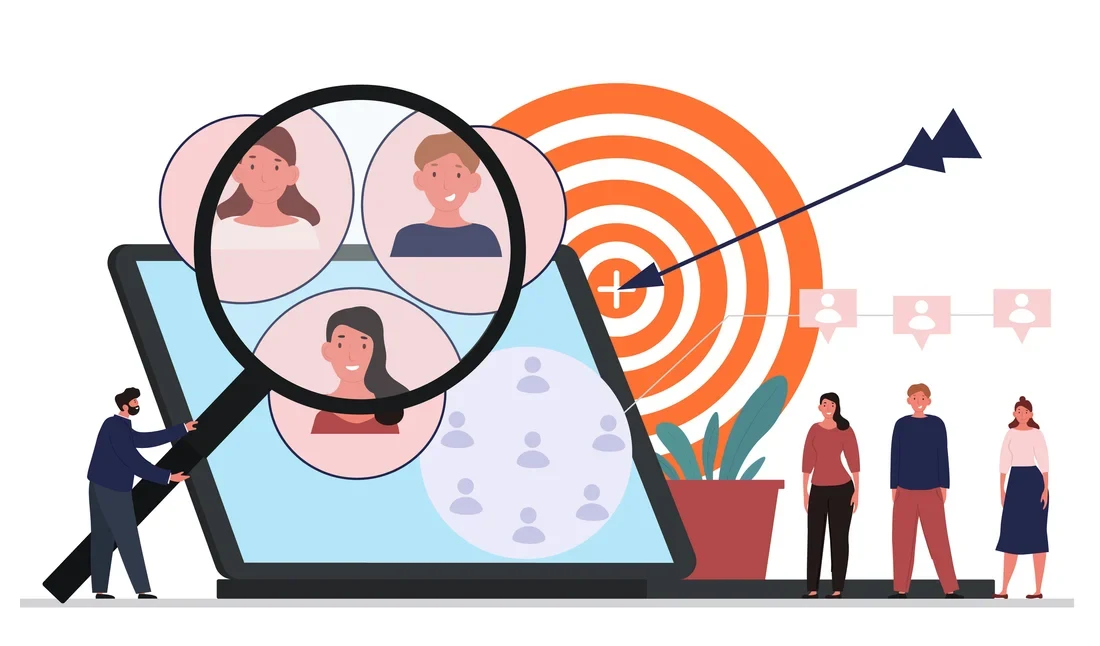
The majority of eCommerce personalization tools enable you to gather customer information and apply intricate customer segmentation. A notable illustration of successful commerce personalization comes from the skincare brand, Olay. Olay employed behavioral segmentation, utilizing the findings to refine their product development strategies. This initiative played a pivotal role in the launch of some of the skincare market's best-selling products.
Implement personalization in each customer journey stage
The customer journey stage encompasses the various touchpoints individuals have with your brand. Personalizing each stage of the customer journey can yield substantial benefits, resulting in a higher return on investment (ROI).
It is essential to deploy distinct e-commerce personalization strategies across various channels, and your website serves as the central hub for these interactions. Here are some top website personalization strategies to consider:
Website personalization:
- Tailor product recommendations based on browsing history, purchase history, and geographical location.
- Implement customized exit-intent pop-ups featuring promotional offers, product recommendations, quizzes, and more.
- Enhance the shopping experience with shoppable quizzes.
- Personalize search boxes and results on your website.
- Connect with customers through engaging video chats.
- Display personalized social proof on your homepage or product pages.
- Curate custom upsells, cross-sells, and service packages.
A notable example of effective e-commerce website personalization is the brand ASOS, which utilizes cookie retargeting to redirect users to the men’s/women’s section automatically.
Email personalization:
- Craft cart abandonment emails with compelling call-to-action.
- Include personalized product recommendations based on website search history and browser history.
- Incorporate custom content links and recommendations based on purchase history and behavior.
- Send emails with discounts and offers on special occasions like birthdays and anniversaries.
Social media personalization:
- Develop personalized shoppable ads with product recommendations tailored to users' interests.
- Implement social media retargeting based on behavioral triggers.
- Showcase personalized user-generated content.
While personalizing across channels is crucial, it's equally important to adopt an omnichannel approach. Maintain consistency in interaction and personalization across all channels to ensure customers perceive your brand consistently, regardless of the channel they use to connect with you and explore your offerings.
Measure and analyze personalization success
Conducting A/B testing on your e-commerce personalization strategies serves as a valuable tool for uncovering profound insights into tactics that significantly resonate with your customers. This iterative testing process not only provides eye-opening revelations but also facilitates consistent improvements in key metrics. Fortunately, most eCommerce personalization technologies offer the capability to conduct A/B tests seamlessly within your campaigns.

Equally vital is the establishment and monitoring of KPIs closely aligned with your business objectives. With a plethora of eCommerce KPIs at your disposal, you have the flexibility to choose those that align best with both your short-term and long-term goals.
Potential eCommerce personalization KPIs encompass metrics such as conversion rate, acquisition rate, email sign-ups, revenue, average order value, cart abandonment rate, net promoter score, and similar indicators. Tailoring your focus to these key performance indicators ensures a comprehensive and nuanced understanding of the impact and effectiveness of your personalized strategies.
Top eCommerce Personalization Strategies for Your Store
Showcase tailored product suggestions
You can elevate the value of each transaction through personalized upsells and cross-sells, tailoring recommendations that resonate with your customers. As reported by Barilliance, product suggestions contribute significantly, accounting for up to 31% of eCommerce site revenue and contributing to a notable decrease in cart abandonment by up to 4.35%.
Implementing this strategy involves showcasing product recommendations aligned with user data, encompassing their browsing behavior and past purchases. For instance, if a customer adds a pair of sneakers to their shopping cart, consider sending them an email featuring complementary items like socks or spare shoelaces. This thoughtful approach not only enhances the customer experience but also boosts the potential for increased sales.
Present customized top-seller lists
Your customers can explore the dynamic world of bestseller lists – a form of dynamic product recommendation that seamlessly blends customer data with real-time sales information. This amalgamation crafts a curated list of trending products tailored to the unique interests of your customers.
Bestseller lists emerge as a valuable personalization tool, particularly beneficial when customers are navigating a website without a specific product in mind. By recommending these popular items to shoppers within the same customer segment or demographic as your existing buyers, you substantially enhance the likelihood of conversion. This approach not only sparks inspiration but also boosts customer interaction, initiating and propelling their shopping journey.
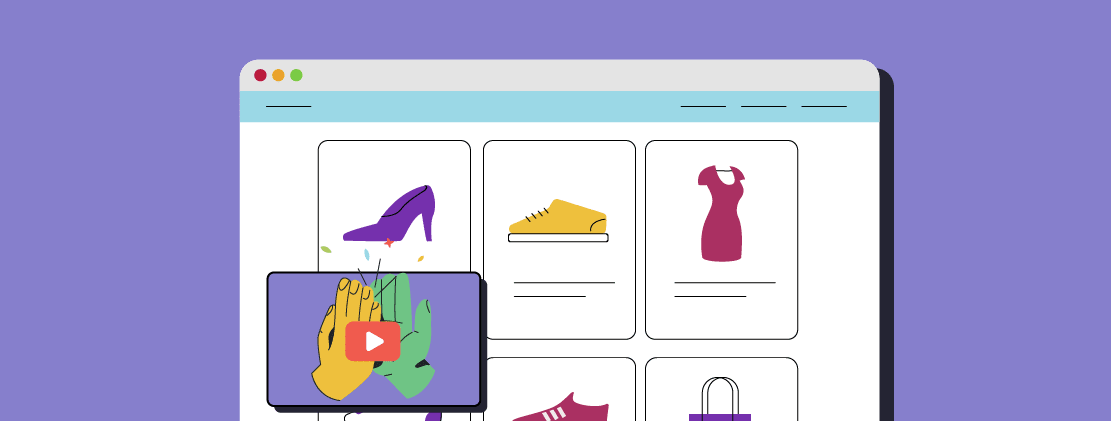
Merchants can create personalized bestseller lists in various ways beyond conventional sales data. Instead of solely relying on sales performance, consider the following strategies:
- Highlight best-selling products within specific timeframes, such as 'trending' products.
- Showcase the most popular products based on location, employing geographic targeting for a localized appeal.
- Feature products frequently purchased together, providing customers with enticing combinations that complement their preferences and needs.
Help users continue where they left off
Consider this scenario: You pick up a book, only to realize you've lost the page you were on. Quite frustrating, isn't it? The online shopping experience shares a similar sentiment.
When our browsing history and shopping carts aren't preserved from our last visit, it introduces unnecessary friction into the customer experience. Beyond inconvenience, it represents a missed opportunity. Merchants should consistently retain personal data as it empowers them to personalize the customer's subsequent visit.
You can utilize a personalization tool to meticulously record customer behavior, encompassing all aspects of their interaction, such as wishlists, shopping carts, and viewed products. You should make this information easily accessible for users, allowing them to seamlessly pick up where they left off during their shopping journey. This not only enhances user satisfaction but also maximizes the potential for a seamless and enjoyable shopping experience.
Customize popups based on user behavior
Engaging on-site popups serves as an excellent means to foster customer interaction throughout their shopping journey. These popups enhance the shopping experience by extending enticing perks to potential customers, thereby elevating the likelihood of a successful conversion.
Typical on-site popups may include offering discounts in exchange for an email sign-up or providing free shipping upon reaching a minimum order threshold. However, it's crucial for popups to make their appearance at the opportune moment and in the right location to avoid causing any inconvenience to your customers.
Embarking on this strategy and ensuring a continuous flow of positive vibes is made easy through the Shopify Apps store, which hosts a variety of Pop Ups apps designed to enhance your online presence. One such example is our Fordeer Sales Pop Up - Popups, this personalized popup experience not only captivates visitors but also plays a pivotal role in fostering a sense of excitement and credibility, ultimately driving more sales growth for your business.
Overall,
In the ever-evolving landscape of eCommerce, personalization is a powerful tool to enhance customer experiences and drive business success. By implementing a comprehensive eCommerce personalization strategy, you can not only boost sales but also create a loyal customer base. Stay ahead of the competition and make your online store memorable by embracing the full potential of eCommerce personalization. Start your journey today with the insights and tips provided in this complete guide.
Follow Fordeer for more useful updates!
- Install Fordeer Apps for Free
- Get immediate assistance by chatting with us.
- Join Fordeer Commerce Community for fresh app updates, expert tips, and private deals.



